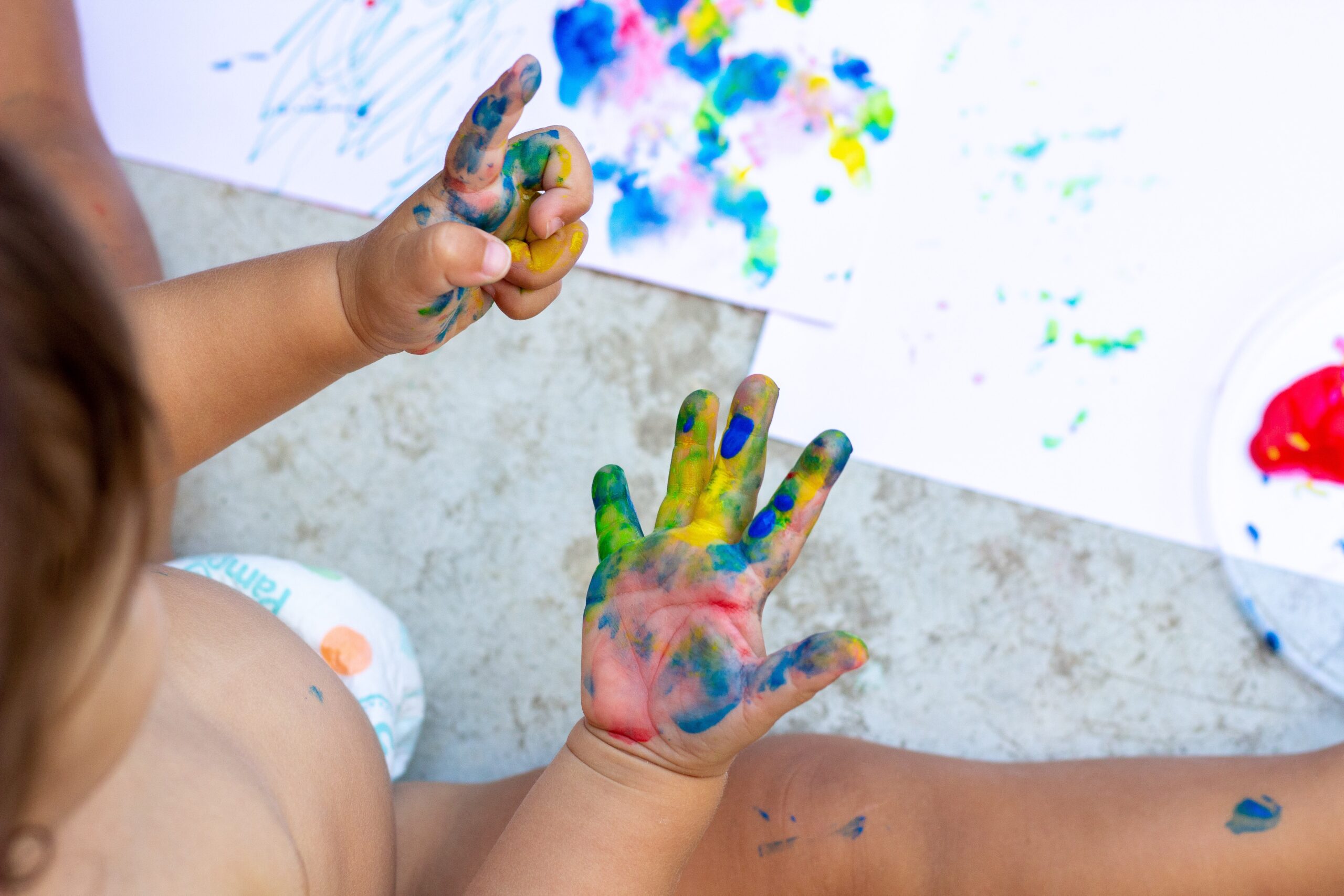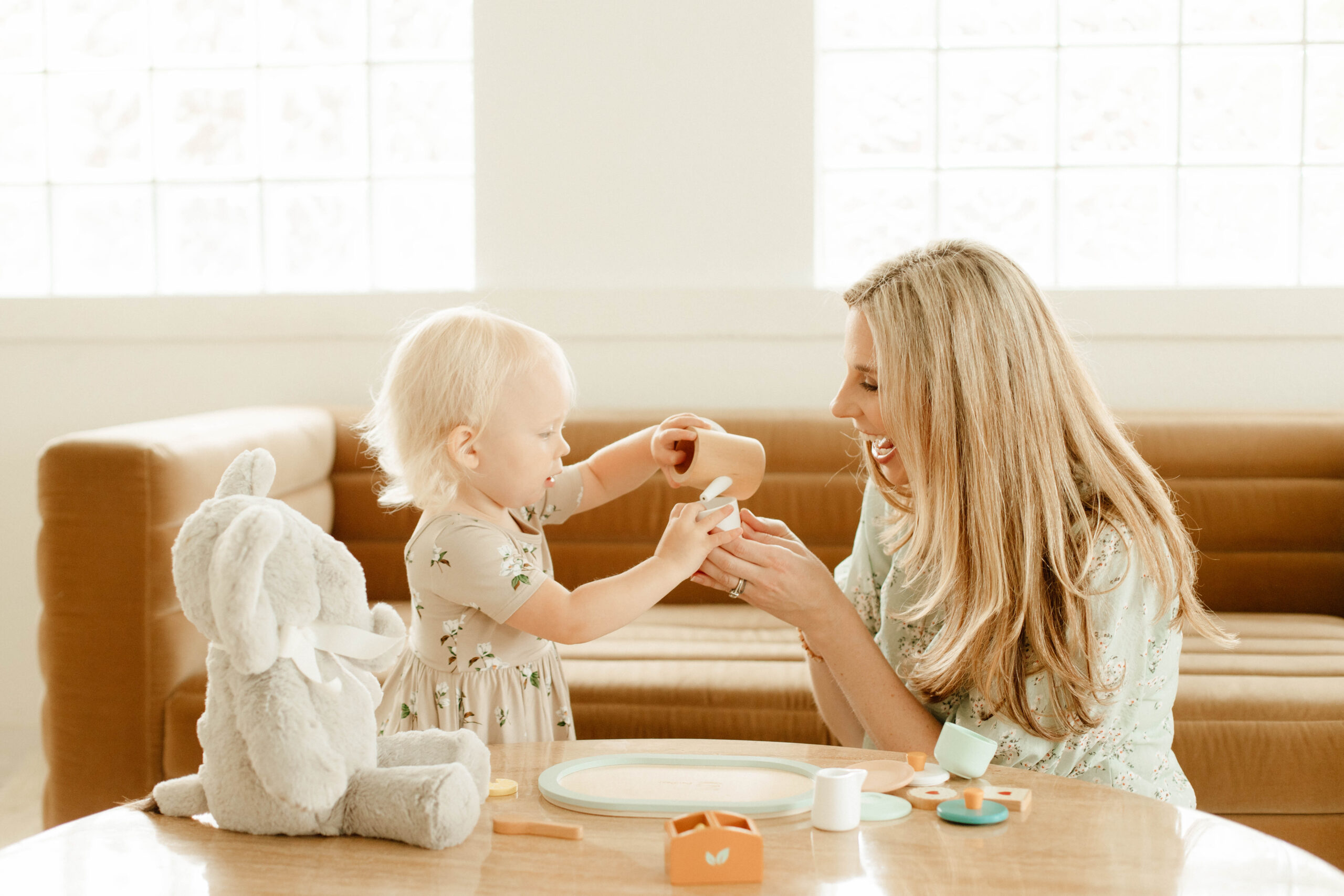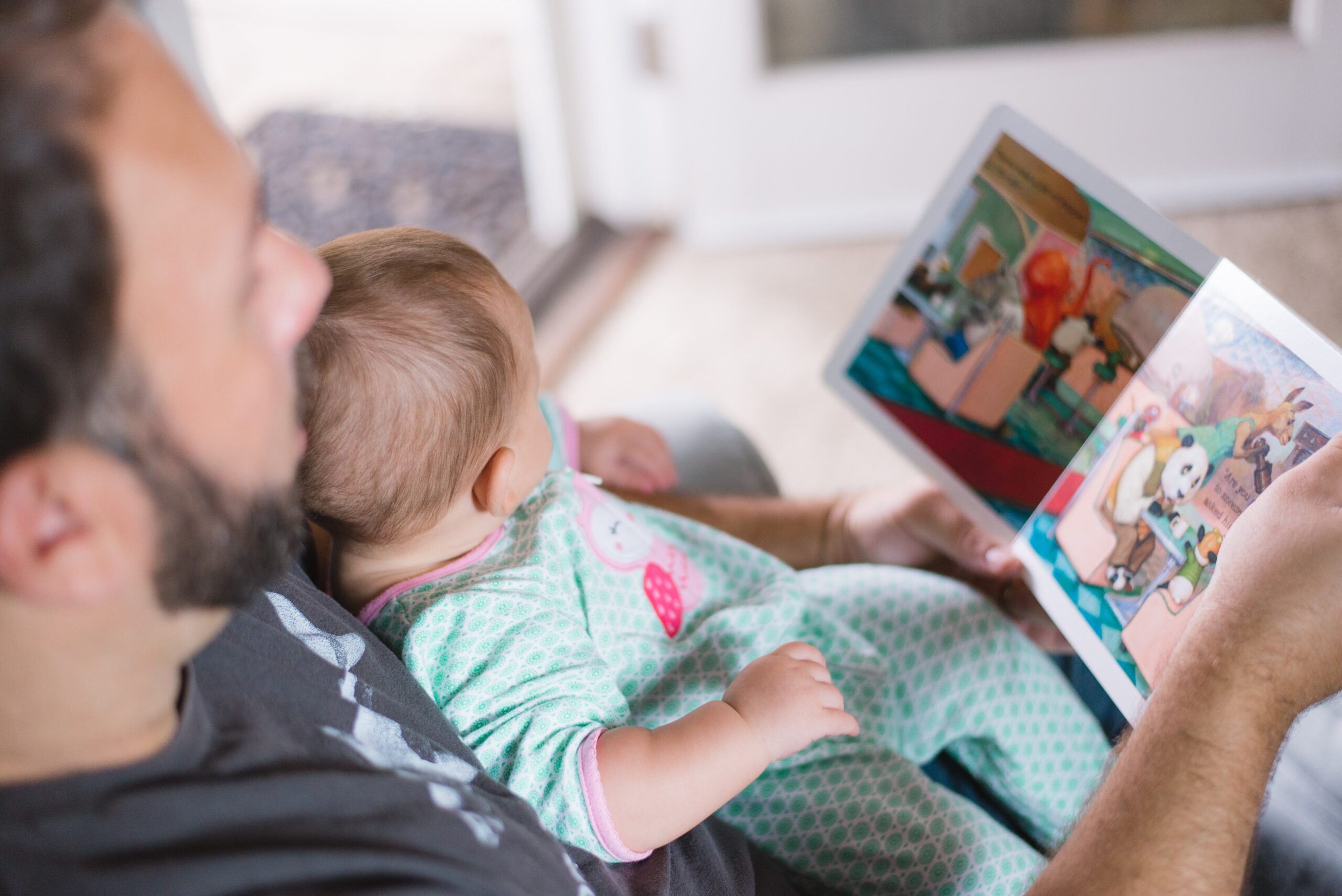
To Sign or Not to Sign?
When your little one isn’t talking yet, it’s understandable you want the focus to be on well, talking.
But here’s a speech therapy secret:
Gestures actually help little ones talk! Take a look at the research:
Research on Gestures:
Gestures produced at 16 months were correlated with spoken vocabulary at 20 months (Capirci et al, 1996)
Children who have more gestures for objects tend to meet their first 10 word milestone sooner (Acredolo & Goodwyn, 1998).
Babies in families who here encouraged to teach their babies signs were more advanced in their language skills, intelligence skills, and play skills when tested. (Acredolo & Goodwyn, 1998).
Babies who had been taught signs knew on average about 50 more spoken words at the age of two than families who hadn’t! (Acredolo & Goodwyn, 1998).
How do Gestures Help Speech?
Gestures and language develop together in the same area of the brain! For example, infants begin banging objects together at the same time they begin babbling and we see beginning gestures and children start showing better motor control around the same time they start using first words.
Gestures actually precede spoken words, with gestures intended at gaining an adult’s attention such as showing, giving, and pointing generally emerging around 10 months, before we expect first words.
Research even shows that once a child produces a gesture for a word, they will likely say that word within 3 months (Goldin-Meadow 2015)! I like to think of gestures as a mini milestone and when you see your child using more gestures, you can feel good that more words are on their way.
Gestures also decrease frustration because your child can say with their hands what they’re mouth isn’t saying just yet.
Here’s how to use gestures to help your child talk:
While signs are helpful, the most important part is making the words visual so it’s okay if you’re making up your own signs and gestures. Just make your hands match your mouth and you’ll get the benefit
1) Pair your words with gestures. If you’re talking about a ball, make your hands look like a ball
2) Use gestures when introducing a new word. This helps your child tune into the word and makes it stand out
3) Pair gestures with songs and movement. Many songs naturally have gestures that go with them. Think about songs like “The Wheels on the Bus” and “The “Itsy Bitsy Spider.” Songs are a great way to encourage gestures and actions.
If you’re looking for more ways to use gestures to help your toddler talk, check out my online course to help your toddler say more, get frustrated less, and off to the best possible start with speech and language.
References:
Arcredolo, L., & S. Goodwyn. Baby Signs. Chicago: Contemporary Books, 1998.
Capone, N. C. & McGregor, K. K. (2005). The effect of semantic representation of toddlers’ word retrieval. Journal of Speech-Language-Hearing Research, 48(6), 1468-1480.
Goldin-Meadow, S. (2015). Gesture as a window onto communicative abilities: Implications for diagnosis and intervention. Perspectives on Language Learning and Education, 22, 50-60.






